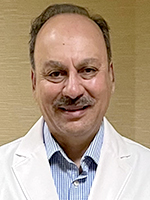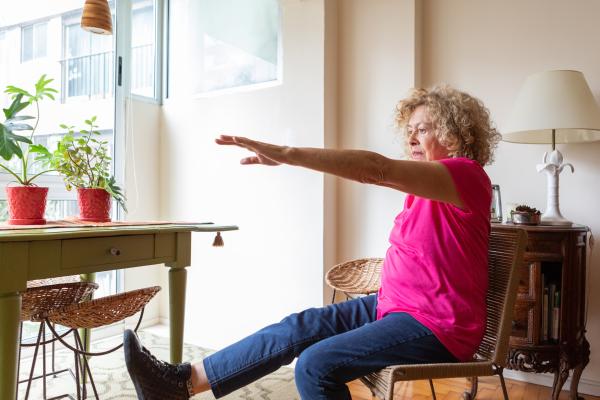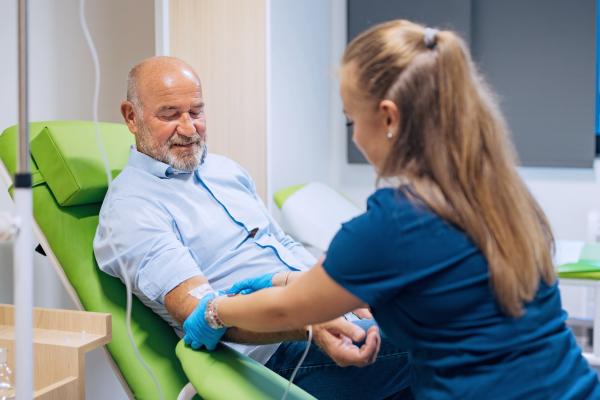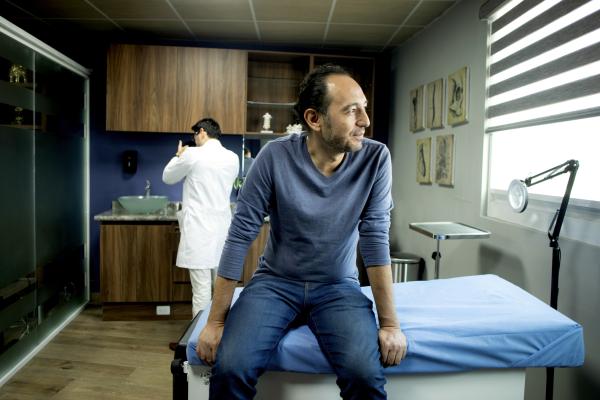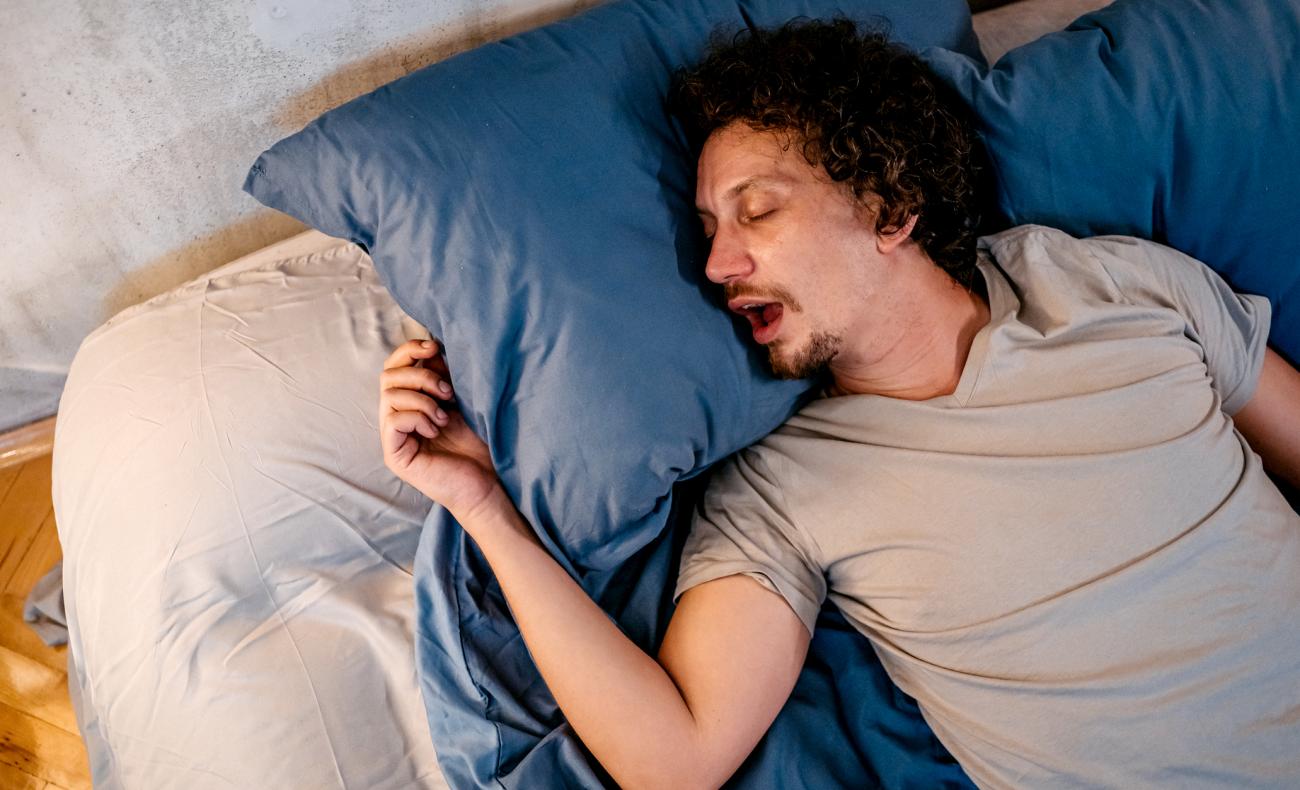
Our expert explains how to get a sleep apnea diagnosis and why consistent treatment is key for managing symptoms.
Sleep apnea is a common condition in which breathing repeatedly stops or becomes shallow during sleep, leading to poor rest and excessive fatigue. The most common type is obstructive sleep apnea (OSA), which affects an estimated one billion people worldwide. It occurs when the upper airway becomes blocked, often accompanied by snoring.
Vancouver Coastal Health Research Institute researcher Dr. Iqbal Ahmed discusses the risk factors of OSA, how a diagnosis is made through a sleep study and available treatments that can improve energy and quality of life.
Q: If I snore at night and feel tired during the day, does that mean I have sleep apnea?
A: Snoring and daytime tiredness can be signs of OSA, especially if you are overweight, older and have high blood pressure. However, not everyone who snores has sleep apnea — only about 20 to 40 per cent of people who snore meet the criteria. Daytime tiredness can also result from other causes. If you suspect sleep apnea, it is important to speak to your doctor and arrange a test for an official diagnosis.
Q: Do genetics or lifestyle factors increase the risk of sleep apnea?
A: Genetic factors contribute to OSA, possibly due to inherited characteristics such as facial and bone structure, body fat distribution and how the airway muscles are controlled. The precise genes involved have yet to be identified, and more research is needed.
The strongest risk factor for OSA is obesity, with a 10 per cent weight gain linked to a six-fold increase in risk. OSA is also more common in men than in premenopausal women, in older adults and among people who smoke. Some medical conditions, including atrial fibrillation, congestive heart failure, stroke, severe high blood pressure and nasal congestion, are also associated with sleep apnea.
Q: If I suspect I have sleep apnea, how do I get a diagnosis? What can I expect from the process?
A: An overnight sleep study is required to diagnose sleep apnea. The most accurate method takes place in a sleep lab, where you spend one night in a private room. Sensors are placed on your head to record sleep time, sleep stages and how often you wake up. Additional sensors track heart rate, oxygen level, nasal air flow, leg movements and body position.
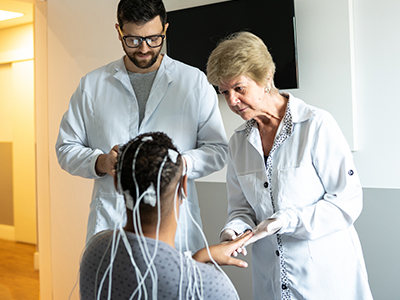
A sleep study can be done at home if someone already has a high probability of having OSA, in which the test would be used to confirm a suspected diagnosis. Although more convenient, and cheaper, this test provides less detailed information.
Q: What is CPAP, and how does it help treat sleep apnea? Are there other ways to manage sleep apnea?
A: Continuous positive airway pressure, known as CPAP, is the most common and effective treatment for sleep apnea. This device delivers pressurized air to your throat with a machine and nasal mask, which prevents snoring and blockage of the upper airway. The mask is put on when you go to bed and keeps your airway open while you sleep.
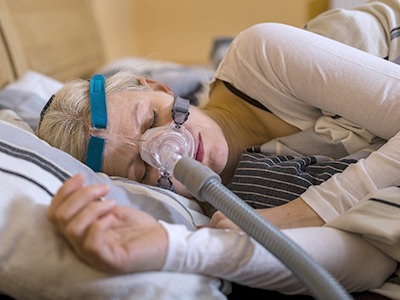
An alternative treatment to CPAP is a mandibular repositioning device. This is a mouthpiece fitted by a dentist who adjusts the lower jaw and tongue position to improve airflow. Additionally, lifestyle changes like weight reduction, exercise and sleeping on the side could also help improve symptoms and outcomes for some people.
Q: What are the long-term health risks of untreated sleep apnea, and why is early diagnosis so important?
A: Untreated OSA may increase the risk of car accidents and several medical complications, such as high blood pressure, stroke, cognitive impairment and heart disease. Evidence shows that early, consistent CPAP treatment can improve outcomes and enhance overall well-being.
If you think you may have sleep apnea, seeking a diagnosis and staying consistent with treatment can make a significant difference in your energy, focus and long-term health.
